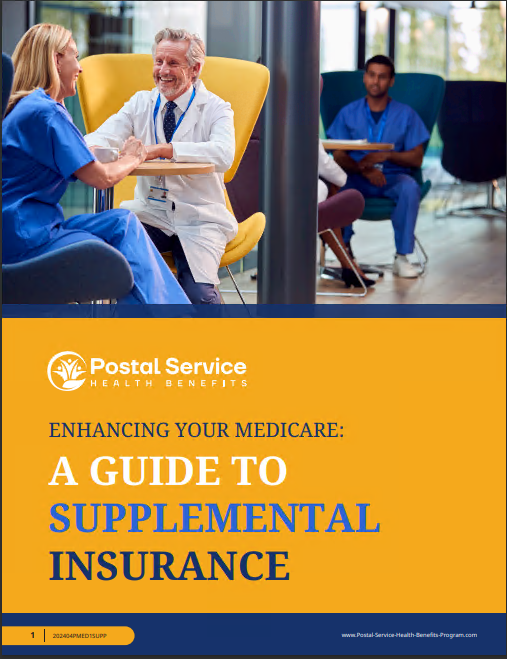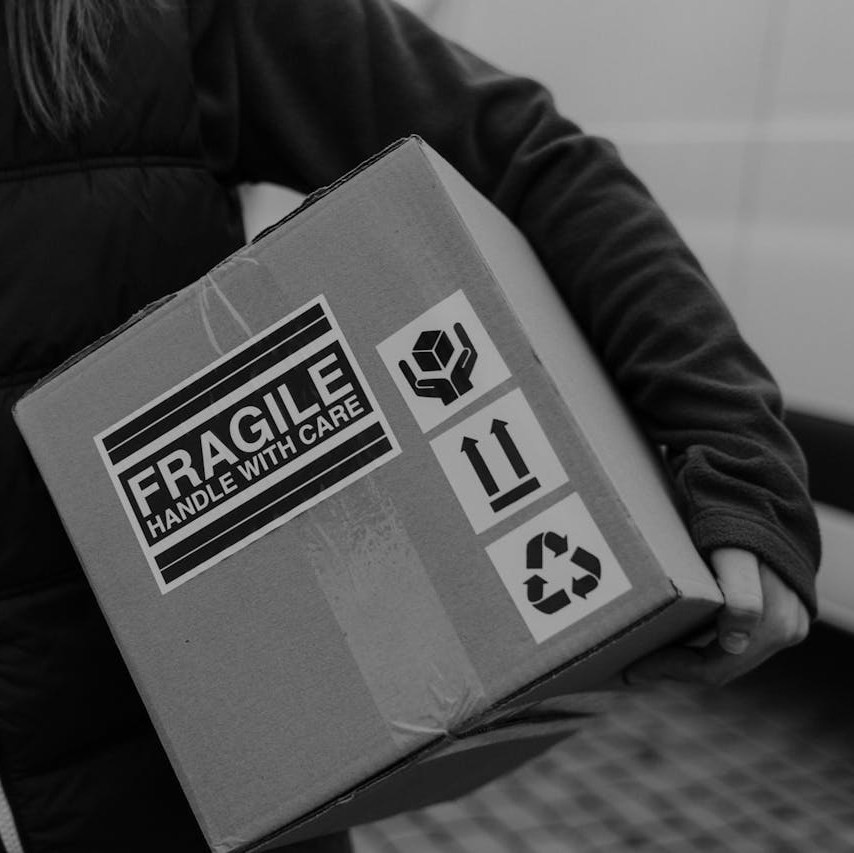Key Takeaways:
- The upcoming Postal Service Health Benefits (PSHB) program introduces significant changes to health coverage for postal employees, requiring careful attention to its impact on existing benefits.
- Understanding the differences between PSHB and current health plans will help postal employees make informed decisions during open enrollment periods.
PSHB Is Almost Here – How Will It Affect Your Health Coverage as a Postal Employee? Here’s the Breakdown
The introduction of the Postal Service Health Benefits (PSHB) program marks a significant shift in healthcare for U.S. Postal Service (USPS) employees. Scheduled to take effect soon, PSHB brings about changes that will impact both active postal workers and retirees. As with any new system, it’s important to understand the nuances of the PSHB program, its differences from previous health coverage options, and how it will affect existing benefits. This article provides a breakdown of what postal employees need to know to navigate the upcoming changes effectively.
What is the PSHB Program?
The Postal Service Health Benefits (PSHB) program is a new healthcare system designed specifically for USPS employees and retirees. It was created under the Postal Service Reform Act of 2022 as a means to offer health coverage that is more tailored to the unique needs of postal employees. For decades, postal workers received their healthcare through the Federal Employees Health Benefits (FEHB) program, alongside other federal workers. However, the introduction of PSHB will separate USPS employees from the broader FEHB, creating a distinct health benefits program that caters solely to postal workers.
Why the Change?
The PSHB program was introduced to help address rising healthcare costs and financial pressures on the USPS. By creating a program specifically for postal employees, the goal is to better manage health benefit expenses while still providing comprehensive coverage to employees and retirees. For postal workers, this transition will mean new plan options, potentially different costs, and a shift in how benefits are administered.
Key Dates to Remember
One of the most important aspects of the transition to PSHB is understanding the timeline. The PSHB program is set to go into effect in January 2025. That means postal employees and retirees will have to begin considering their new health coverage options well before the deadline. Open enrollment periods will be a critical time for employees to make decisions about their healthcare for the upcoming year. As this date approaches, postal employees will need to pay attention to updates from the USPS and other official channels to ensure they are fully informed about their choices.
Who Will Be Affected by the Transition?
The PSHB program will affect all active USPS employees, retirees, and eligible family members currently enrolled in the FEHB program. This transition includes:
- Active USPS employees: Employees who are currently working for the USPS and enrolled in FEHB will need to switch to PSHB during the open enrollment period.
- Retirees: USPS retirees who receive healthcare through FEHB will also need to transition to PSHB.
- Family members: Any dependents, such as spouses or children, covered under the existing health plans will also be affected by this change.
For postal retirees over 65, the transition could also mean coordination with Medicare. If retirees are already enrolled in Medicare Parts A and B, they will need to ensure that their PSHB plan complements their Medicare coverage.
Key Differences Between FEHB and PSHB
Plan Design and Coverage Options
The PSHB plans are designed to provide similar coverage to what postal employees currently receive through FEHB, but there may be differences in specific benefits or costs. The new plans will still offer essential health benefits, including doctor visits, hospital stays, prescription drugs, and preventive care. However, because PSHB is exclusively for USPS employees and retirees, the plans will likely be tailored more closely to the healthcare needs of this group.
Employees will need to carefully review the plan options during the open enrollment period to determine which PSHB plan is the best fit for them and their families. Depending on individual health needs, certain plans may offer better coverage for specific services, medications, or healthcare providers.
Medicare Integration for Retirees
For postal retirees who are already enrolled in Medicare, the transition to PSHB introduces some additional considerations. Under PSHB, retirees will still have the option to enroll in Medicare Parts A and B. In fact, for retirees over 65, it is likely that enrollment in Medicare will be required to ensure the most comprehensive coverage. The PSHB plans will be designed to work alongside Medicare, so it’s important for retirees to ensure their new health plan coordinates properly with their existing Medicare benefits.
This integration could be beneficial, as Medicare will cover many of the primary healthcare costs, leaving PSHB plans to cover supplemental expenses. Retirees should carefully review their options to understand how the new PSHB plans will work with Medicare to avoid any gaps in coverage.
Potential Cost Changes
One of the primary drivers behind the introduction of PSHB is to help manage healthcare costs for both the USPS and its employees. While the specific details of pricing under PSHB have not yet been fully disclosed, it’s possible that employees could see changes in their premium rates, deductibles, and out-of-pocket costs. These changes may vary depending on the specific plan chosen during open enrollment.
For some employees, these changes could result in lower costs, while others may experience higher premiums depending on their health needs and the plan they select. It’s important for both active employees and retirees to pay close attention to any announcements from USPS about pricing changes to ensure they select the most cost-effective plan for their situation.
What Should USPS Employees Do to Prepare?
Stay Informed About Open Enrollment
As with any major healthcare change, the best way for postal employees to prepare for the switch to PSHB is to stay informed. USPS will be providing updates and information leading up to the transition in 2025. During the open enrollment period, employees will have the opportunity to review their plan options, compare benefits, and choose the plan that best fits their needs.
It is crucial for employees to take the time to carefully review their options rather than simply selecting the first plan they see. By comparing plan benefits, out-of-pocket costs, and coverage options, employees can make sure they’re getting the best coverage for their situation.
Assess Your Healthcare Needs
Before choosing a plan under PSHB, it’s important to assess your healthcare needs. Consider factors like how often you visit the doctor, what medications you take, and whether you have any ongoing health conditions that require regular care. By evaluating these factors, you can better determine which PSHB plan will offer the coverage that best suits your needs.
If you have a family, you’ll also want to consider their healthcare needs. PSHB plans will offer family coverage options, so it’s important to choose a plan that provides adequate benefits for your dependents as well.
Understand Medicare Requirements
For postal retirees, understanding the relationship between PSHB and Medicare is crucial. Retirees should check whether they are required to enroll in Medicare Parts A and B and understand how the PSHB plans will coordinate with their Medicare benefits. This step is especially important to avoid any gaps in coverage or unexpected out-of-pocket costs.
Navigating the Transition Smoothly
The transition from FEHB to PSHB represents a major change for postal employees, but with the right preparation, the process can be manageable. Staying informed, understanding your healthcare needs, and carefully reviewing your options during open enrollment will help ensure that you make the best choice for your health coverage under the new system.
Postal employees should also take advantage of any resources provided by the USPS, such as informational sessions, brochures, or consultations with healthcare advisors. These resources will be invaluable in helping employees understand the specifics of the PSHB program and navigate the transition smoothly.
Preparing for Your Future Health Coverage
As PSHB approaches, it’s important for every postal employee to stay informed and proactive. With the new program set to begin in 2025, employees and retirees alike should take the necessary steps to review their options and make informed decisions. By staying engaged during the open enrollment period and understanding how PSHB will affect their coverage, postal employees can ensure they continue to receive the healthcare benefits they need without interruption.
Contact Information:
Email: [email protected]
Phone: 9045552345







